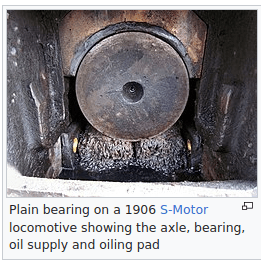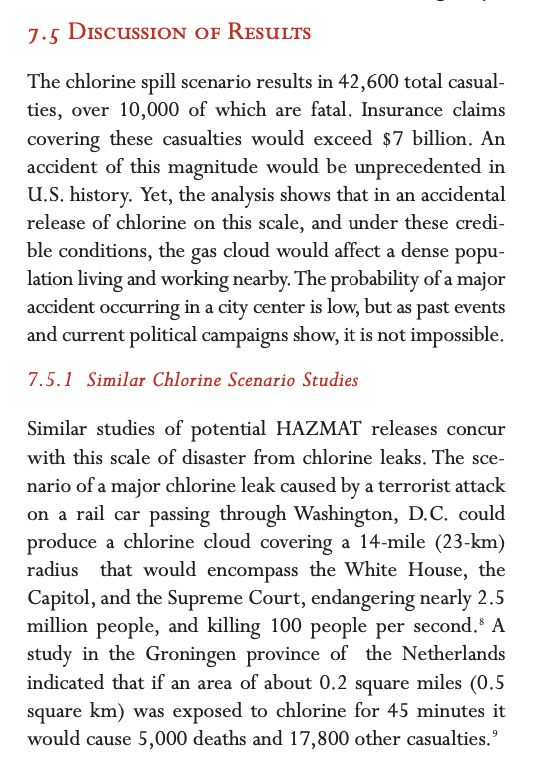The caboose had a much bigger roll when the railcar axle bearings were oil lubricated babbtt. The oil was wicked onto the axle by rags or a wick stuffed into the journal box.
Sometimes the journal would run dry,
Resulting in a Hot Box. Hot boxes almost always will trail a smoke cloud, easily seen from the rear of the train. The failed roller bearing which is glowing incandescent in the video posted above, may not have smoked much, and is harder to see from the rear of the train.
The trackside monitors were reported to have observed that the bearing was first failed, and then much worse. The response criteria likely will come into question.
Is it better to stop, and replace the car axle in the field (blocking the line), or pull the car to a siding? It is likely that if the train stopped the axle would have welded to the truck frame making it impossible to move without skidding the wheels on that axle.
Oil Lubricated journal (obsolete)
Roller Bearing Failure Modes in railway applications are a well understood problem.
Attached ROLLER BEARING FAILURE MECHANISMS TEST AND WHEEL ANOMALY TEST REPORT; Federal Railroad Administration Office of Research and Development, June 1992
Attachment would not attach here, I will try further down in the list.

![[pipe] [pipe] [pipe]](/data/assets/smilies/pipe.gif)

